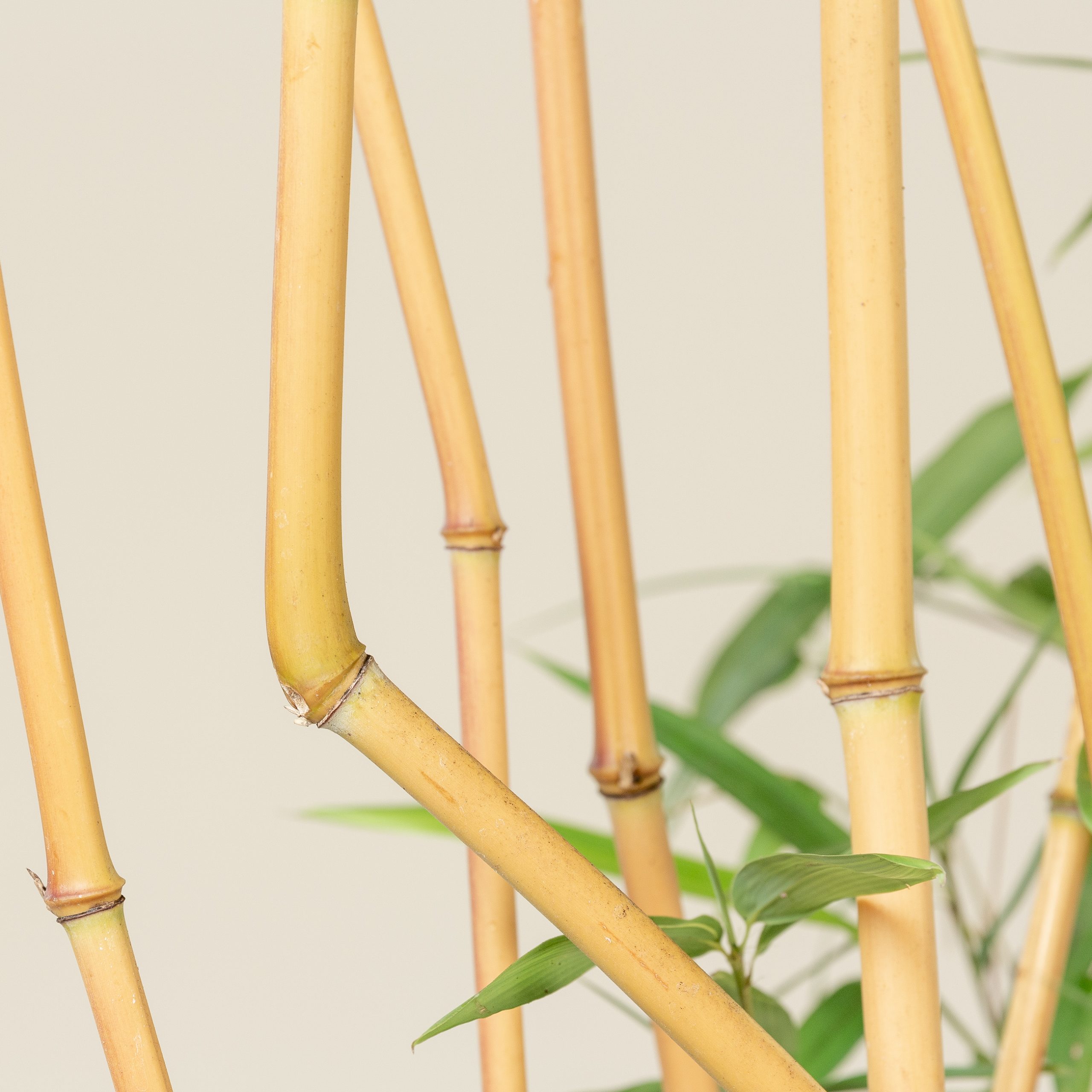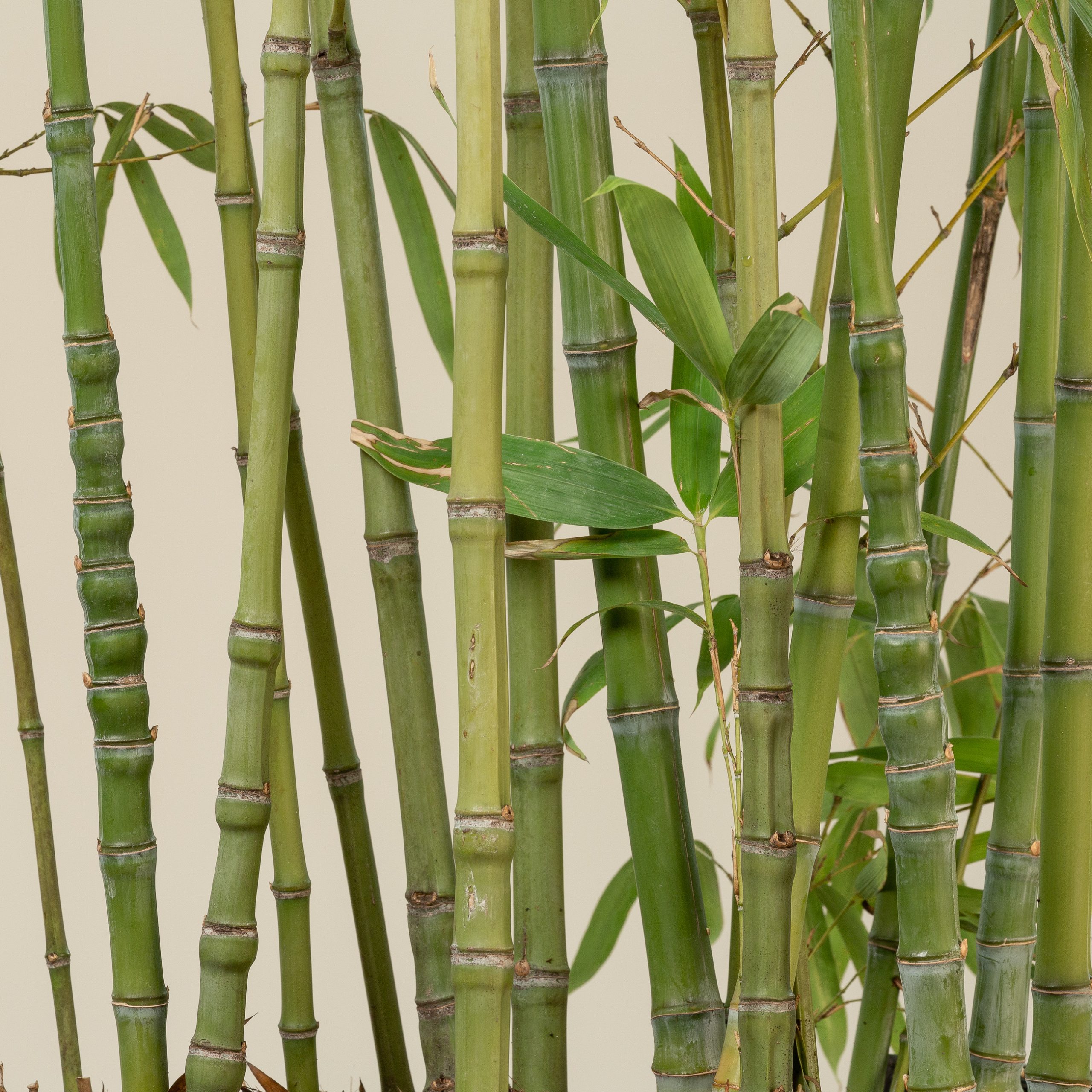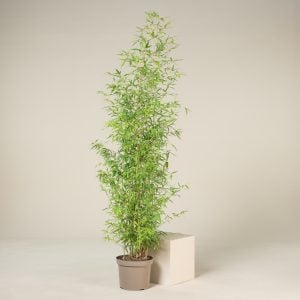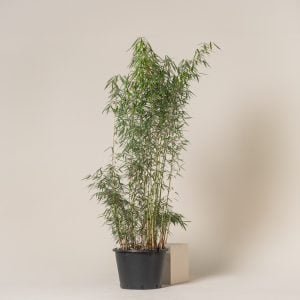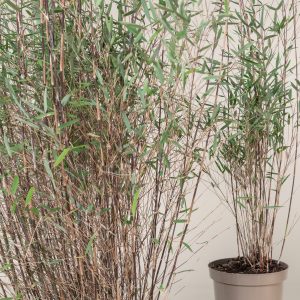Bamboo is a popular choice in UK gardens, known for its rapid growth, elegance, and versatility. However, without proper maintenance, bamboo can quickly become overgrown and invasive. Pruning and trimming are essential to maintain the health, appearance, and control of bamboo plants. This article will guide you through the best practices for pruning and trimming bamboo in UK gardens, focusing on when and how to perform these tasks.
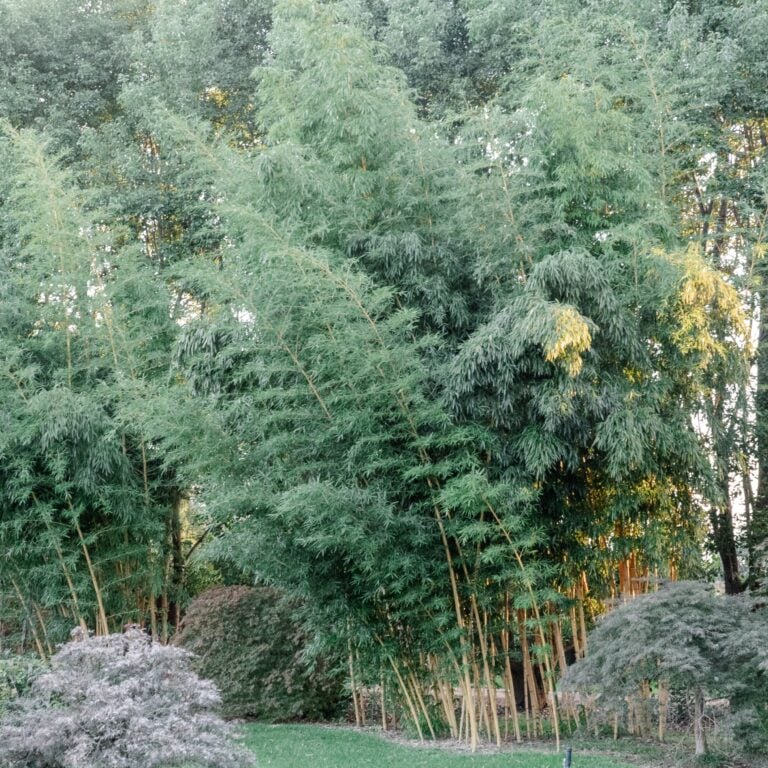
Understanding Bamboo Growth
Before diving into the specifics of pruning and trimming, it’s important to understand the growth habits of bamboo. Bamboo is classified into two main types: running and clumping. Running bamboo spreads through rhizomes, while clumping bamboo grows in tight, non-invasive clusters. Each type requires different maintenance techniques.
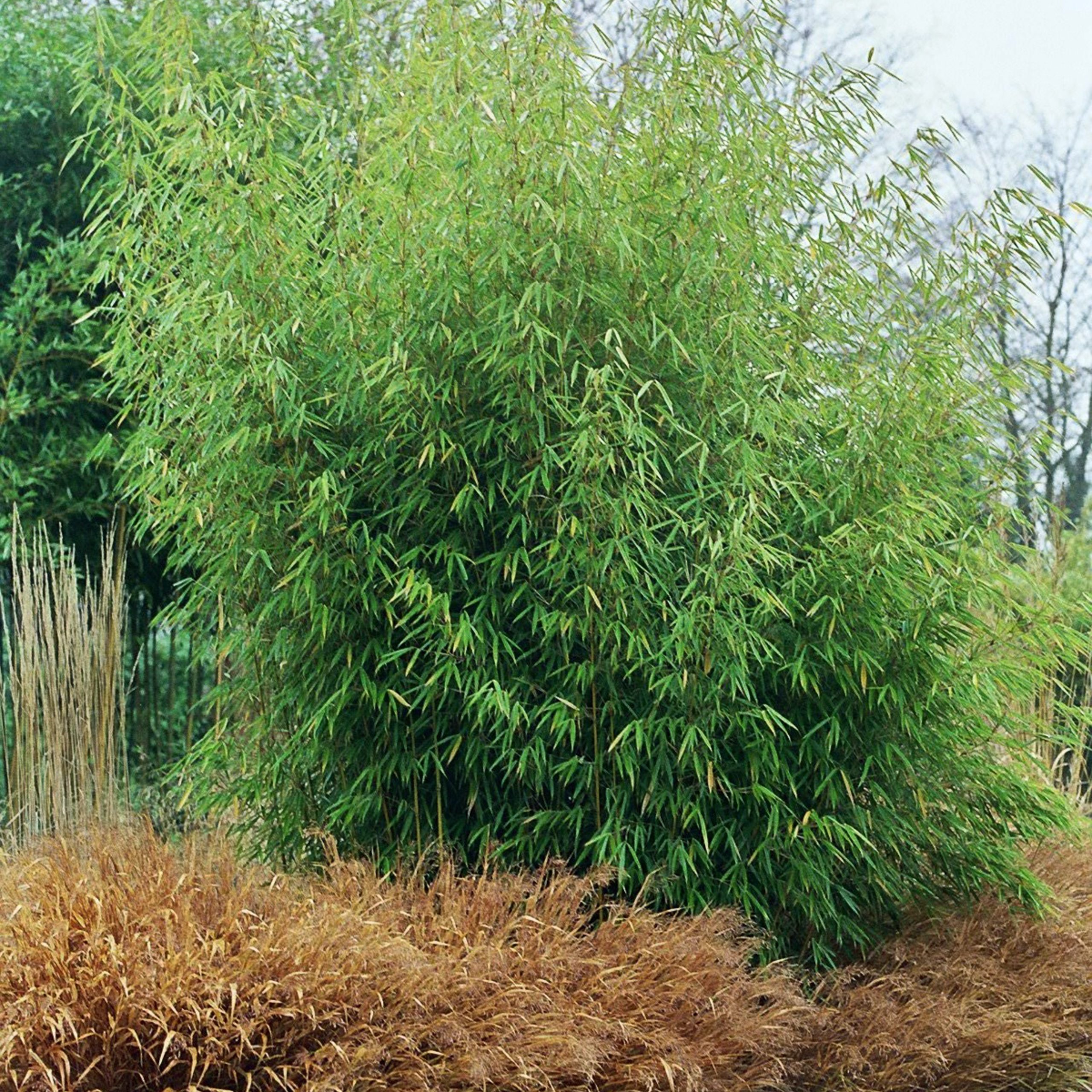
When to Prune Bamboo
Timing is crucial when it comes to pruning bamboo. The best time to prune bamboo in the UK is late winter to early spring, just before the new growth begins. This timing allows you to shape the plant before the growing season, ensuring it remains manageable and attractive.
For running bamboo, it’s also advisable to perform a second pruning in late summer. This helps control the spread and prevents the plant from becoming too dense. However, avoid pruning during late autumn or winter, as this can stress the plant and expose it to cold damage.
Tools for Pruning and Trimming
Having the right tools makes the pruning process more efficient and less stressful for the bamboo. Here’s a list of essential tools:
- Sharp Secateurs: For trimming smaller branches and leaves.
- Loppers: Useful for cutting thicker canes and larger branches.
- Pruning Saw: Ideal for removing old, thick canes.
- Gloves and Protective Clothing: Bamboo canes can be sharp and splinter, so wear protective gear.
Ensure all tools are sharp and clean to make precise cuts and reduce the risk of disease transmission.
Now that you have all of the necessary knowledge and equipment, let’s look at where to begin…
Related products
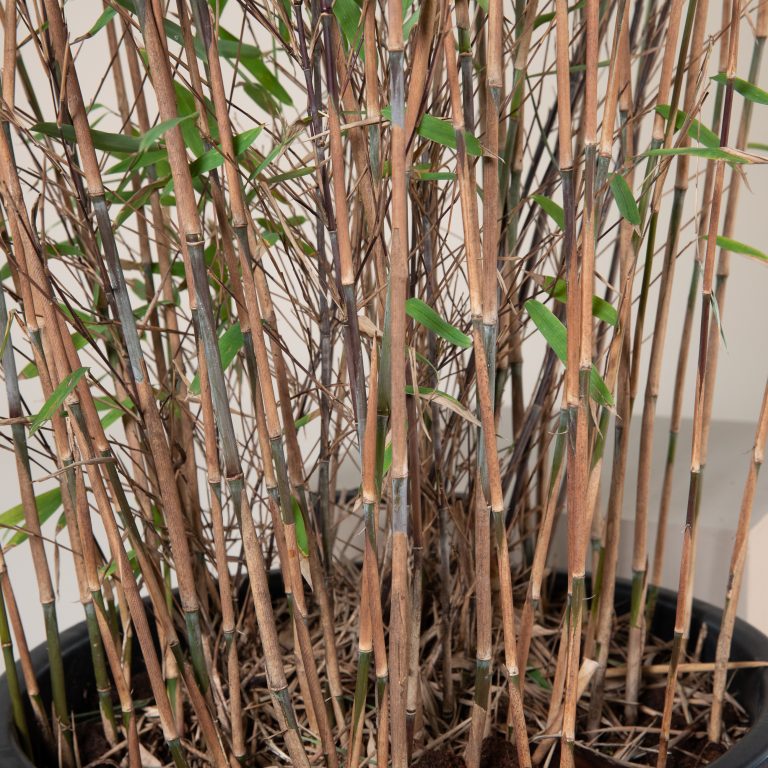
1. Removing Dead and Damaged Canes
Start by identifying and removing any dead, damaged, or diseased canes. These canes are often discoloured or brittle. Cut them at ground level to encourage new growth and improve air circulation within the plant.

2. Thinning Out Dense Growth
For both running and clumping bamboo, thinning out dense growth helps prevent overcrowding and encourages healthy new shoots. Focus on cutting older canes, which can be identified by their darker colour and thicker girth. Aim to remove about a third of the older canes, cutting them at ground level.
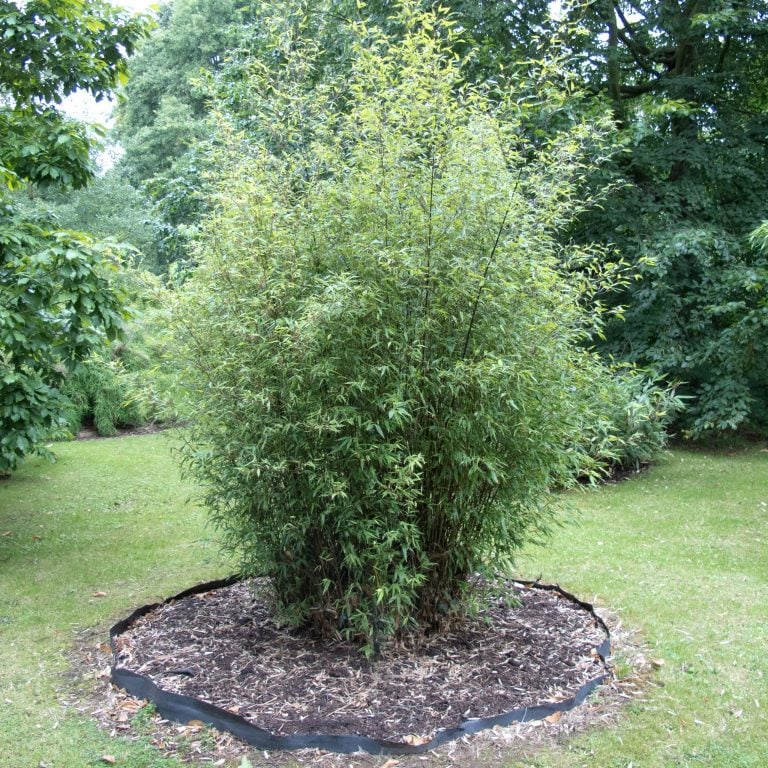
3. Controlling Height and Spread
To control the height, cut the tops of the canes at the desired level. For a more natural look, vary the heights slightly rather than cutting all canes to the same height. For running bamboo, control the spread by cutting back any new shoots that emerge outside the designated area. We strongly recommend that you use a root barrier to prevent the rhizomes from spreading.

Trimming for Aesthetic Appeal
Trimming bamboo isn’t just about control; it also enhances the aesthetic appeal of your garden. Light trimming can be done throughout the growing season to maintain the desired shape and remove any unruly branches. For both clumping and running bamboo, remove lower branches to showcase the attractive canes, creating a more elegant and open appearance.
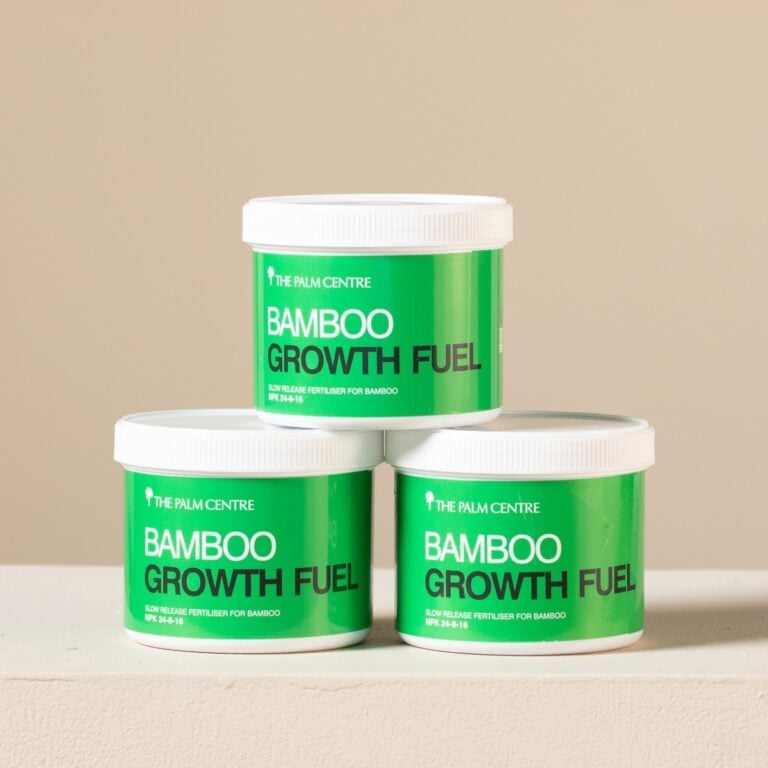
Aftercare and Maintenance
After pruning, it’s important to provide proper aftercare to help the bamboo recover and thrive. Water the plant thoroughly, especially if the weather is dry. Mulching around the base helps retain moisture and suppress weeds. Additionally, consider feeding the bamboo with a balanced fertiliser in spring to promote healthy growth. Read more articles about bamboo here.
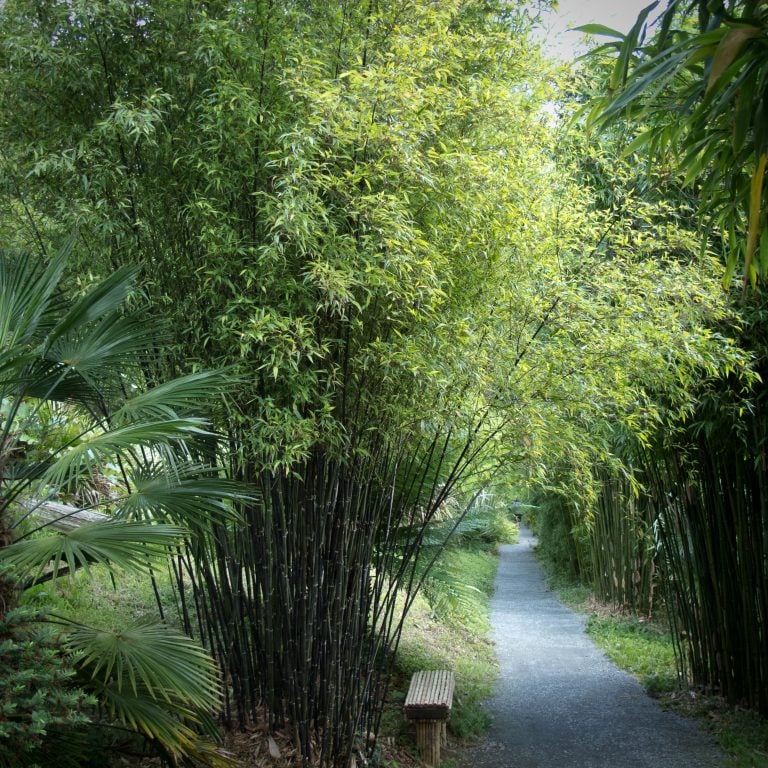
Common Mistakes to Avoid
- Over-pruning: Removing too many canes can stress the bamboo and hinder its growth.
- Pruning at the Wrong Time: Pruning in late autumn or winter can expose the plant to cold damage.
- Improper Tools: Using dull or dirty tools can lead to jagged cuts and increase the risk of disease.

Conclusion
Pruning and trimming bamboo in UK gardens are essential practices for maintaining a healthy, attractive, and manageable plant. By understanding the growth habits of bamboo and following the best practices outlined in this article, you can enjoy the beauty and benefits of bamboo without the headaches of overgrowth. Remember to prune in late winter to early spring, use the right tools, and provide proper aftercare to keep your bamboo looking its best year-round.
Related reading
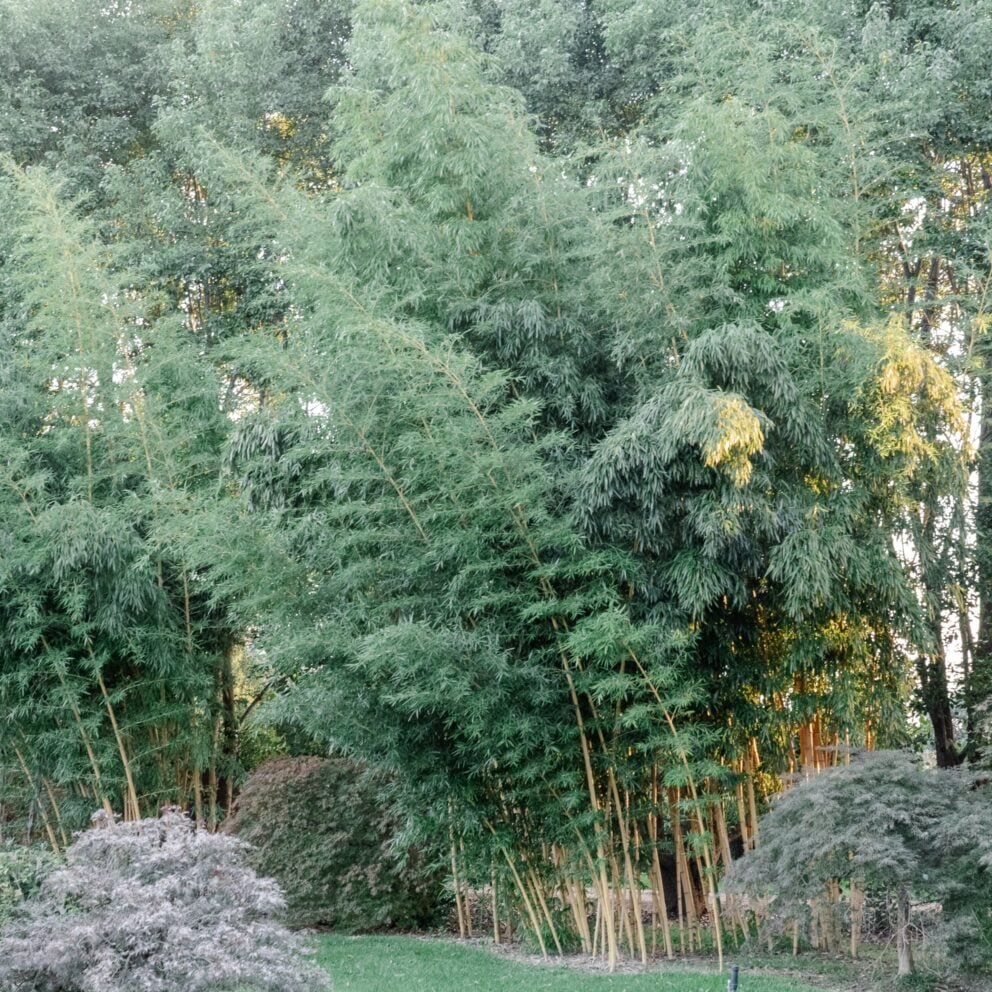
How to use Bamboo as a screening plant
We frequently get asked about using bamboo as a screening plant, often when neighbours have built an extension and some additional privacy is required.
Here we explain your options for using bamboo, the best species to choose, the do’s and do not’s, as well as practical tips for planting and ongoing care.
Read article
How to install bamboo root barrier
When planting a running bamboo (e.g. Phyllostachys) in the ground, it is essential that you install a root barrier. See our video and other tips below to make sure you are installing it correctly.
Read article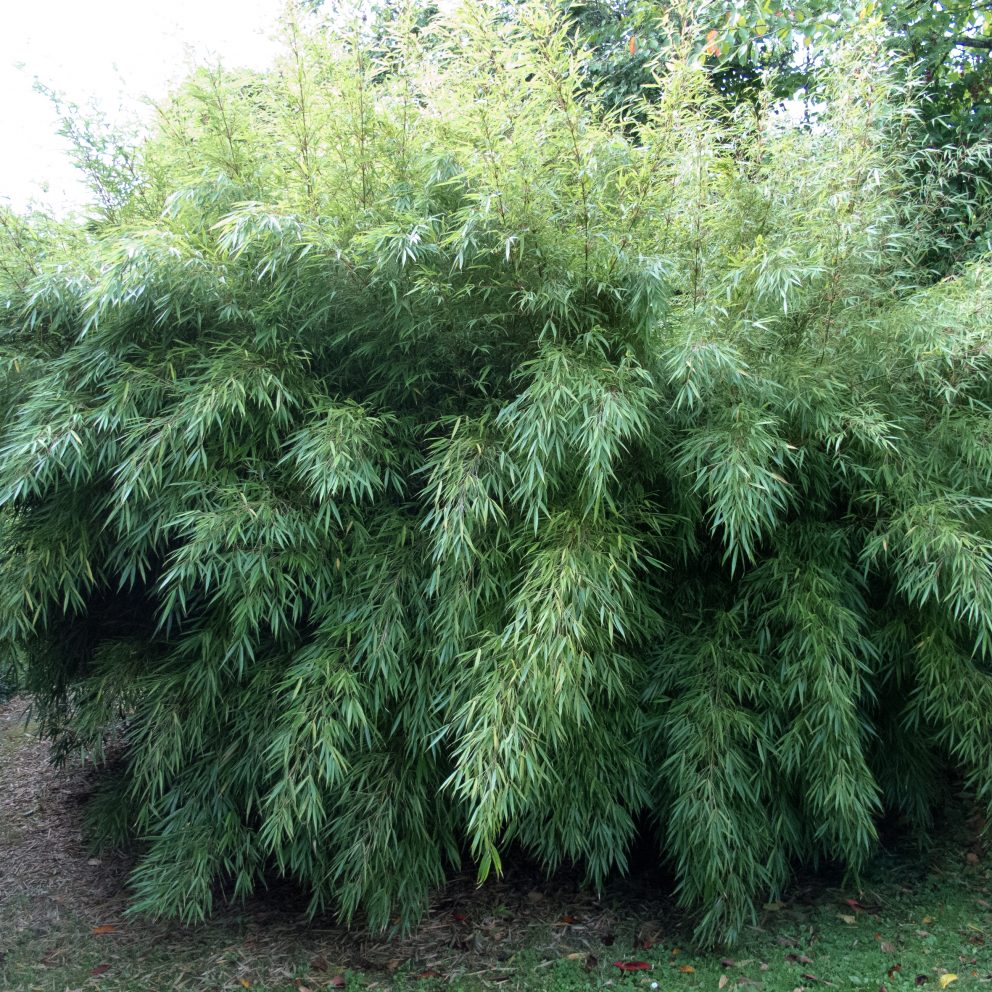
Bamboo 101: How to make the most out of your bamboo
Bamboo is a wonderful, fast growing grass that will create an instant backdrop in your garden, a privacy screen or a hedge. With its astonishing growth rate, bamboo effortlessly establishes itself as a natural canvas, creating an instant backdrop that can redefine the aesthetic of your outdoor space.
Read article